For many of us, a summer heat wave is bound to happen at some point during the growing season. You may even find that they are more common in your area than they used to be.
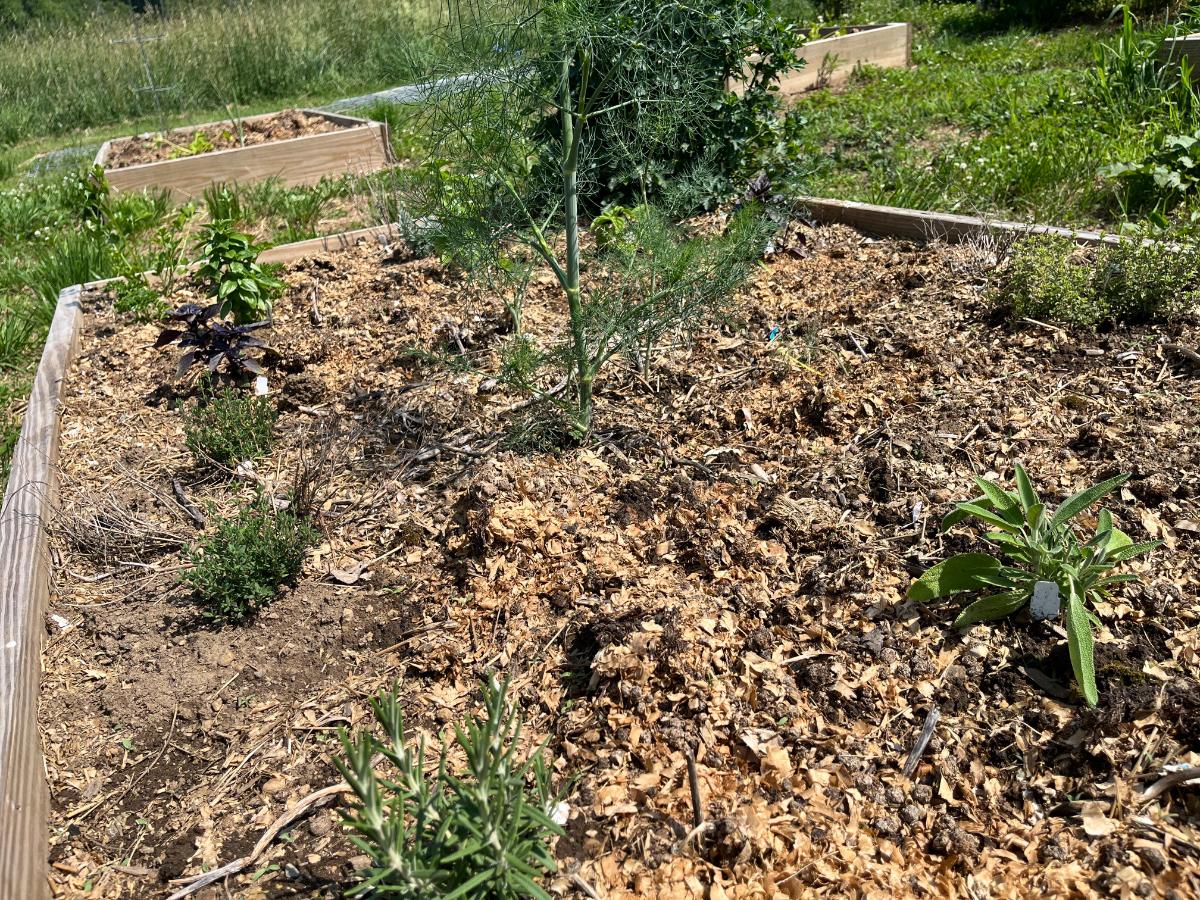
Heat waves also seem to be arriving earlier in the year.
Jump to:
- When to Step in With Extra Garden Help
- Plants of all ages get stressed in extreme heat
- Be prepared to offset the effects of a heat wave
- The 4 Best Things to Do for Your Garden When a Heat Wave is Coming
- 1. Mulch is Master
- 2. Water Ahead of Time
- 3. Use Soil-Level Watering Methods
- 4. Set Up Shade
- Care for You in Heat Waves, Too!
When to Step in With Extra Garden Help
A heat wave is generally defined as three or more consecutive days of 90 degrees Fahrenheit or above (32.22 Celsius).
If you have that coming, it’s time to give your garden plants some extra help.
With today’s weather technology and predictions, we usually have some advance notice that a heat wave is coming. When that happens, know what to do to get your garden through so that it can keep going, growing, and producing.
Plants of all ages get stressed in extreme heat
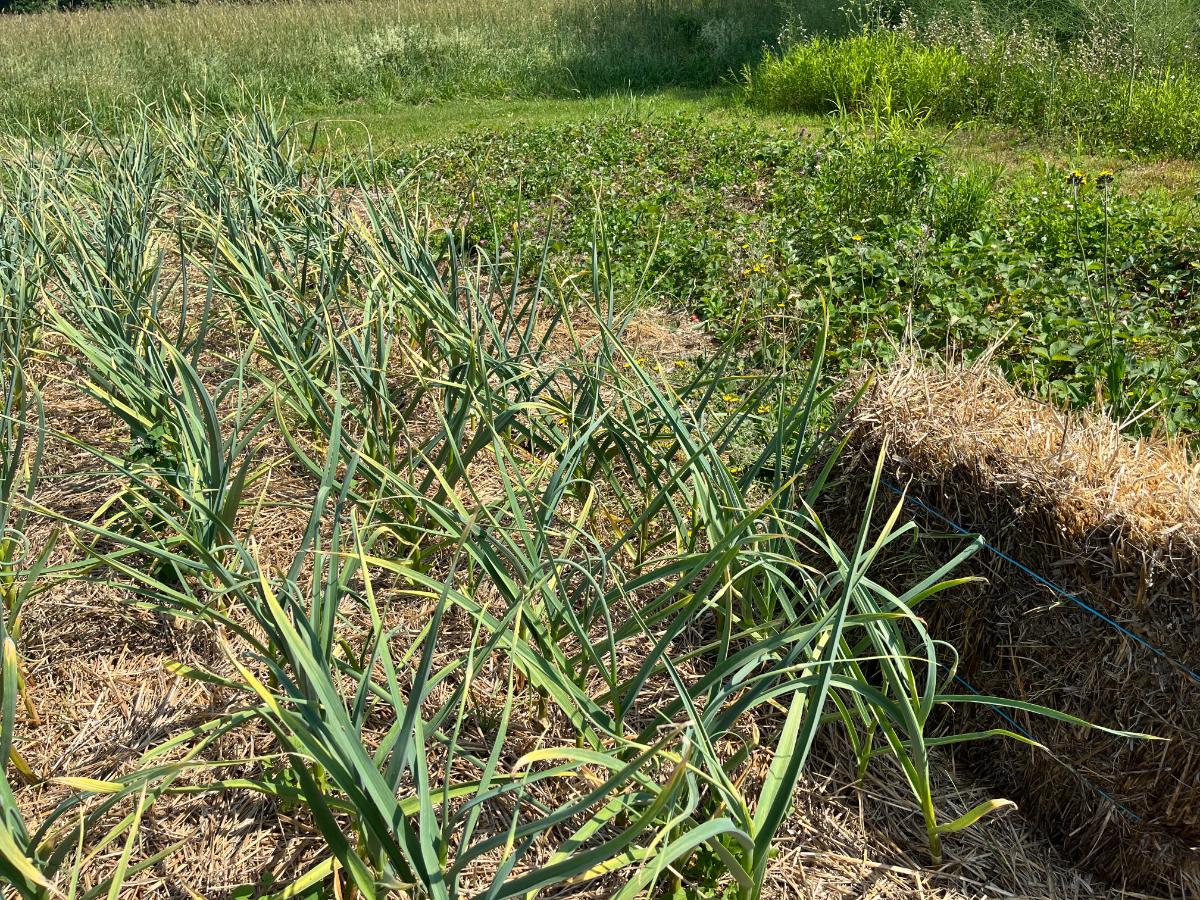
The combination of intense heat that often comes with limited or no rainfall can be a big problem for your garden.
Young plants that have just sprouted or newly planted plants often don’t have the root structure to support them through a heat wave.
Older plants are larger and have bigger demands and needs for more water and they, too, can be hard to get through periods of extreme heat.
No matter what age or stage your garden is at, if a heat wave hits, give it some help. Here’s how.
Be prepared to offset the effects of a heat wave
You should have a plan for dealing with heat waves before they happen. This includes gathering and investing in whatever equipment you will need.
If you wait to see if you’ll have a heat wave and if you’ll need certain supplies, you may not be able to get them in time. You’ll be competing against gardeners with the same needs, and local supplies can sell out fast.
If you’re ordering online, the high heat may get to you before your supplies and equipment do.
It’s best to be prepared. If you’ve experienced extreme heat or a heat wave before, you can be sure it will eventually happen again. Do yourself a favor and be ready to react in short order!
The 4 Best Things to Do for Your Garden When a Heat Wave is Coming
There are four main things that you should do for your garden to protect it during a heat wave:
1. Mulch is Master
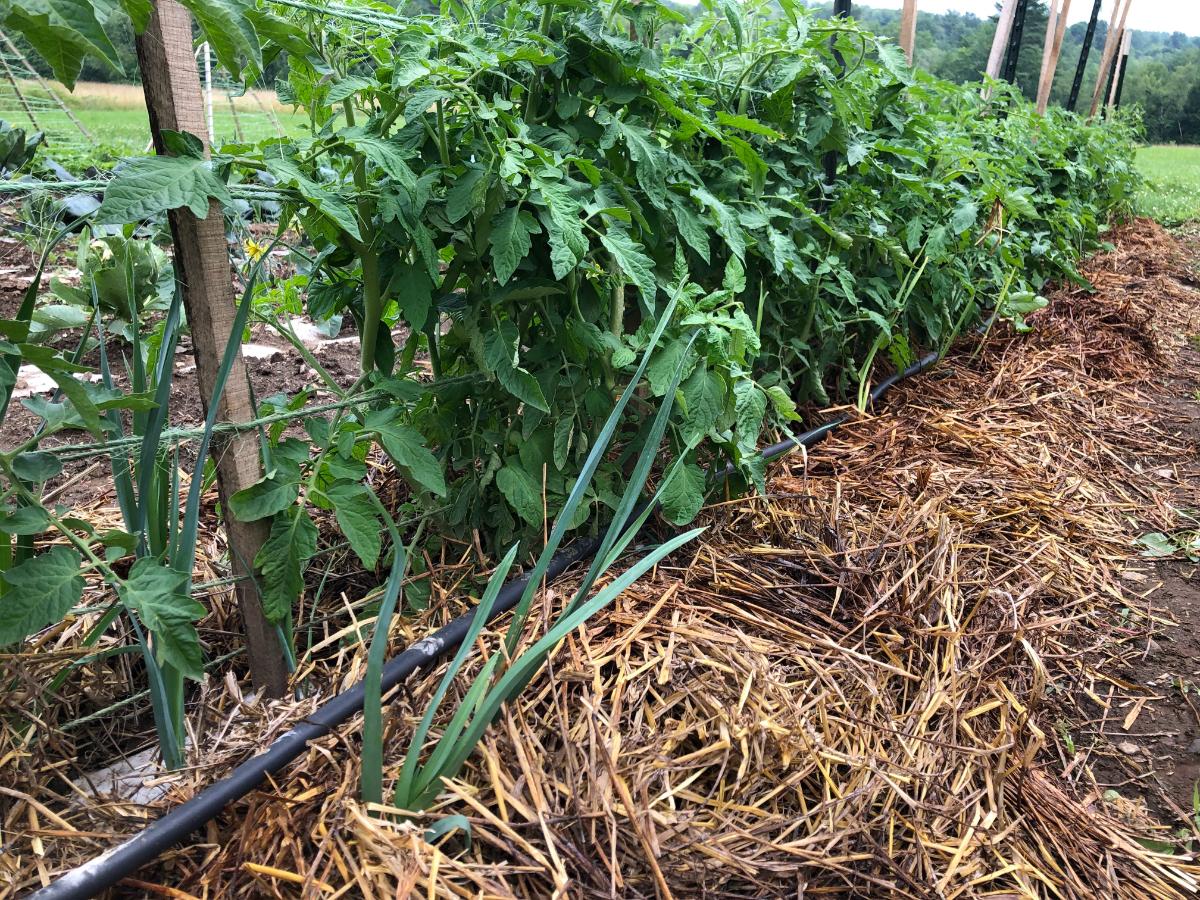
We know the answer is always mulch, right?
Well, right. At least most of the time.
And in the case of a heat wave, it is.
Mulch does a few things for your plants and your garden during periods of high heat.
- Mulch reduces evaporation and preserves soil moisture – so important!
- Mulch keeps plant roots cooler and less affected by high heat and hot sun
- Mulch helps your soil retain fertilizer, too
Applying mulch during a heat wave is a lot of heavy work, so it’s best practice to mulch your plants as part of your regular planting and maintenance. If you haven’t done that, at least try to do it in the days before the heat wave hits so you save yourself some heat stress!
2. Water Ahead of Time

Water your garden well and deeply before the heat wave hits.
The best time to water is the evening before or in the early morning before the first day of the heat wave.
Watering ahead of time gives your plants plenty of time to drink what they need, which will set them up for the best success in the intense sun and heat.
Wilted plants and plants starting in a water deficit don’t have far to fall when they experience the added stress of extreme heat. Let them start the heat wave strong.
If plants look stressed or if the heat wave goes on for more than a few days, water again. It is still best to do this in the evening or in the early morning because the sun won’t be as hot, and you won’t lose as much of the water that you apply to evaporation.
Evening watering will give the water a chance to sit on the soil and soak in where the plants can get to it before the sun bakes and dries the soil. Early morning is a good second option.
3. Use Soil-Level Watering Methods

When you do water, if at all possible, avoid watering by overhead methods.
Overhead watering is less than ideal for a few reasons:
- More water can evaporate in the air as it falls and is more wasteful
- Large plants can block a lot of that water from getting down to the roots where it is needed
- Wet leaves are prone to sunburn and damage from water that reflects and intensifies the light and heat
- Sunburn adds stress to plants while reducing their ability to photosynthesize and can set plants back significantly (or worse)
- Overhead watering can result in a depletion of absorbed water
- Frequent overhead watering invites fungal diseases and blight
It is best to use a soaker hose laid out at the base of your plants or, even better, a drip irrigation system that has water spigots only at the plants’ bases.
Drip irrigation is targeted only to where the water is needed. This can save you some serious money if you pay for a municipal water supply (and may help you stay under restrictions and limits on non-household water use if such bans apply to you).
Drip irrigation wastes less water and waters less weeds! This can really be helpful to keep weeds at bay in the garden all year.
During a heat wave, weeds can be starved of water and many of them may even take care of themselves. That’s a serious bonus!
4. Set Up Shade
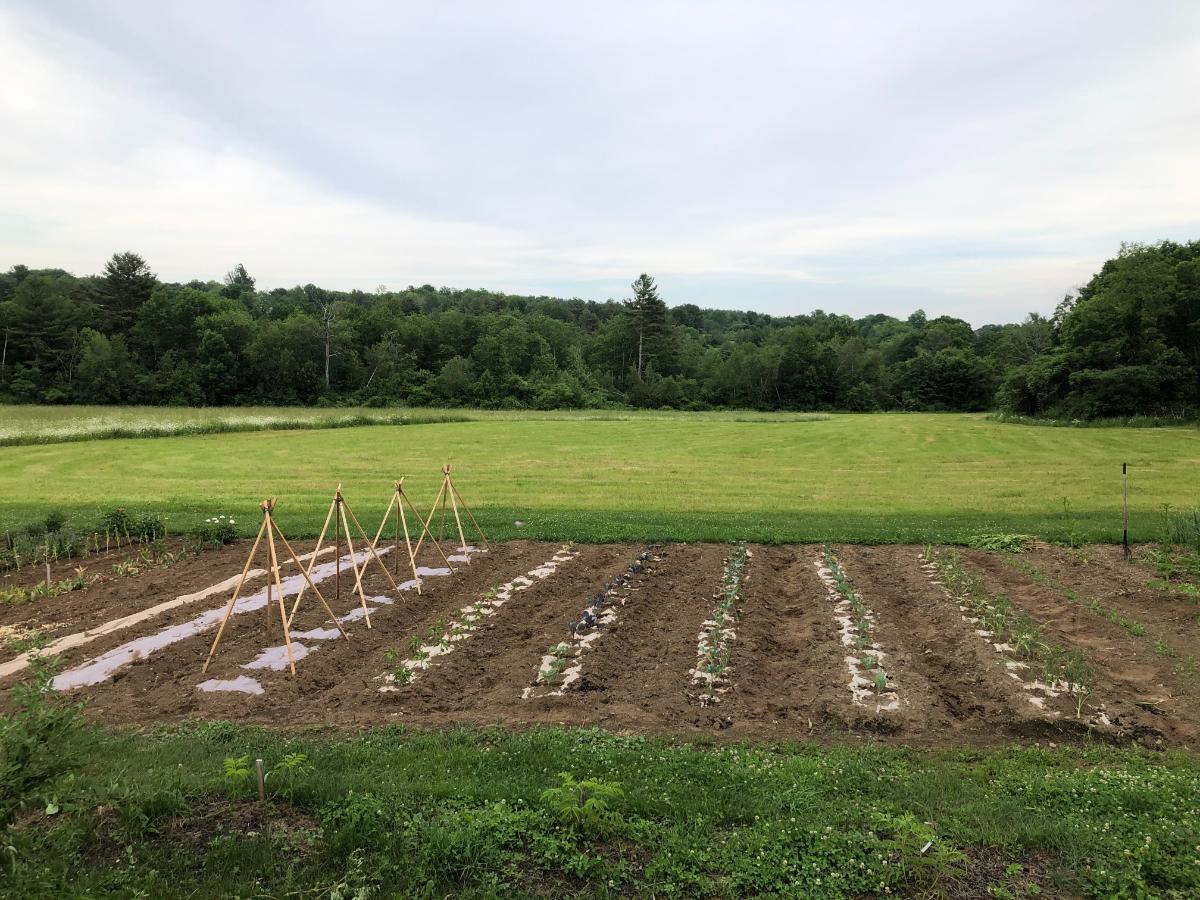
Don’t worry about the lack of sunlight for the few days you need the cloth or shade. This won’t hurt your garden any more than a few cloudy days will.
You can also use the shade only in the hottest, most direct sunlight so that you limit the amount of time the plants don’t get sunlight. With the long days of summer, you can still use something to shade your plants and get them the 6 to 8 hours of sunlight that is ideal for full-sun plants.
Here are some suggestions for things that you can use to create shade in a wide-open garden space:
- Tarps on poles
- Sailcloth
- Shade cloth – you may be able to install this on poles like a tarp or sailcloth, but if you can’t, shade cloth is usually light enough that you can lay it right on the top of your vegetable plants
- Frost or row cover – light can usually penetrate row cover and frost fabric, but it will be dispersed, and the cloth will provide some shade to help get through the heat of the day
- If you are concerned that close frost fabric will trap too much heat, set it on poles raised above so it just acts as a shade cloth
- Pop-up tents or canopies
- Garden or beach umbrellas that can stick to the ground
Care for You in Heat Waves, Too!
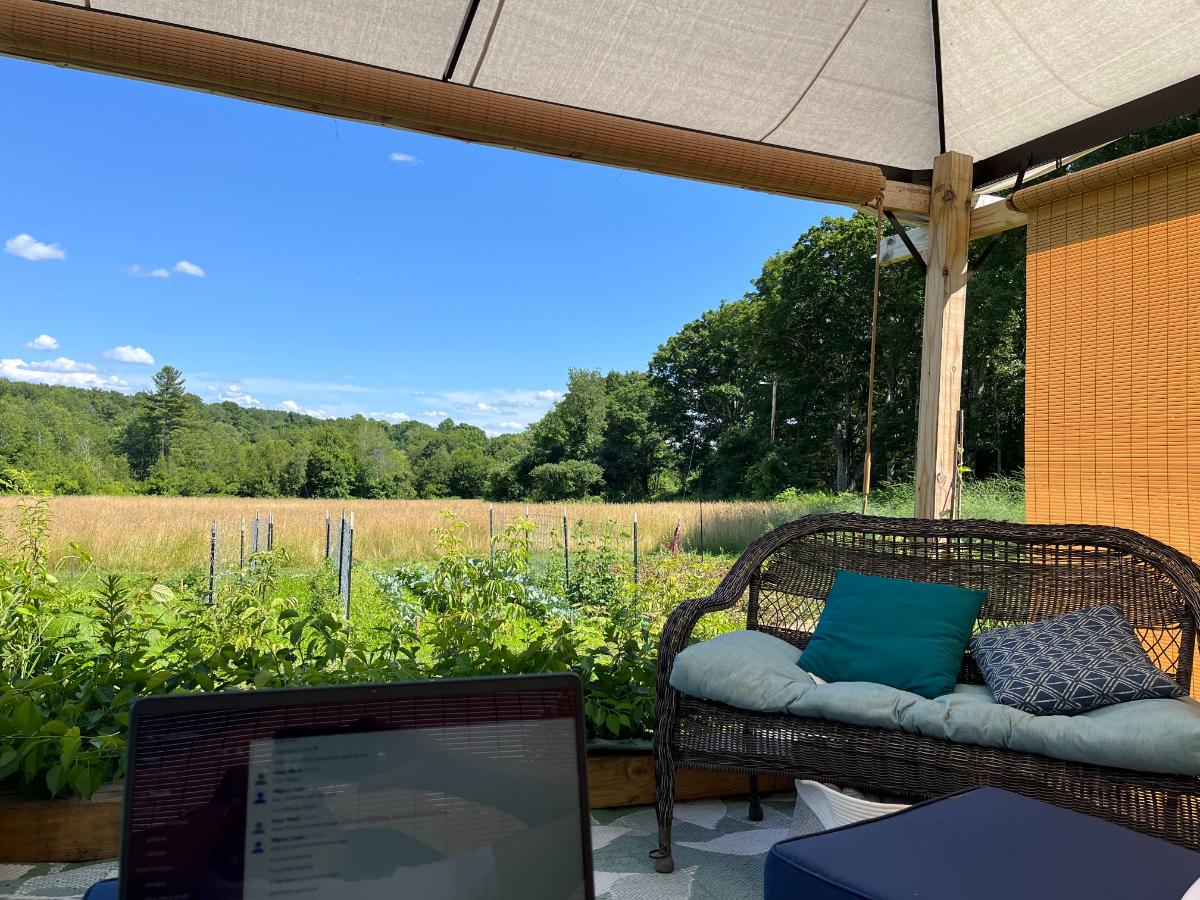
You are the most important living organism in your garden. So, make sure you take care of yourself, first and foremost!
Here are some tips to get you through a summer heat wave in your garden:
- Garden early in the morning or late in the day or evening but avoid working in the high heat and hot sun in the hottest part of the day, late morning through early afternoon.
- Stay hydrated! This is the most important!
- Take frequent breaks
- Sit out of the sun – as often as you need to, and probably more often than you think!
- If you don’t have a seat and shade near your garden, set something up – a beach umbrella and a folding chair will do!
- Don’t overdo it! The garden will be there in a couple of days when the heat relents. Make sure you are, too!
Good care of yourself and your garden will set you up for continued growth, yields and gardening success. Take care in a heat wave so everyone – plant and animal alike – come out well on the other end!


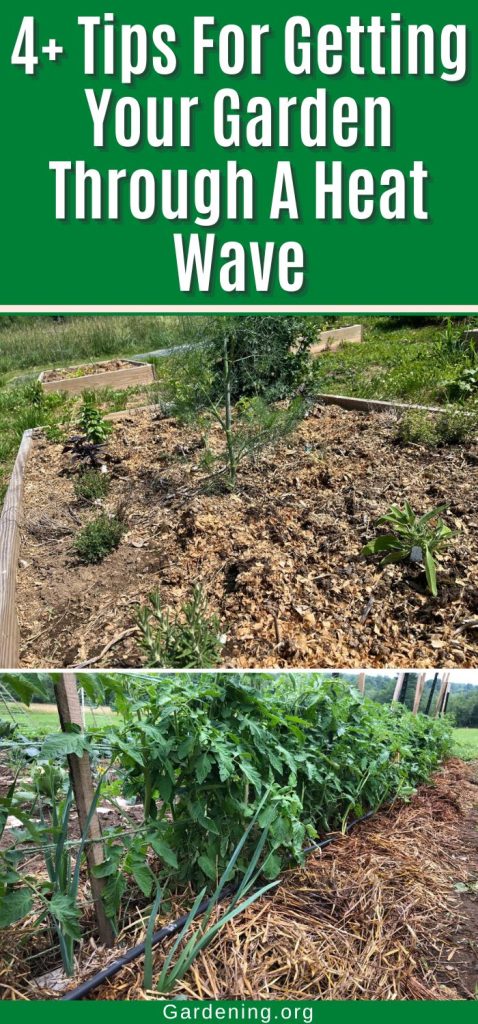
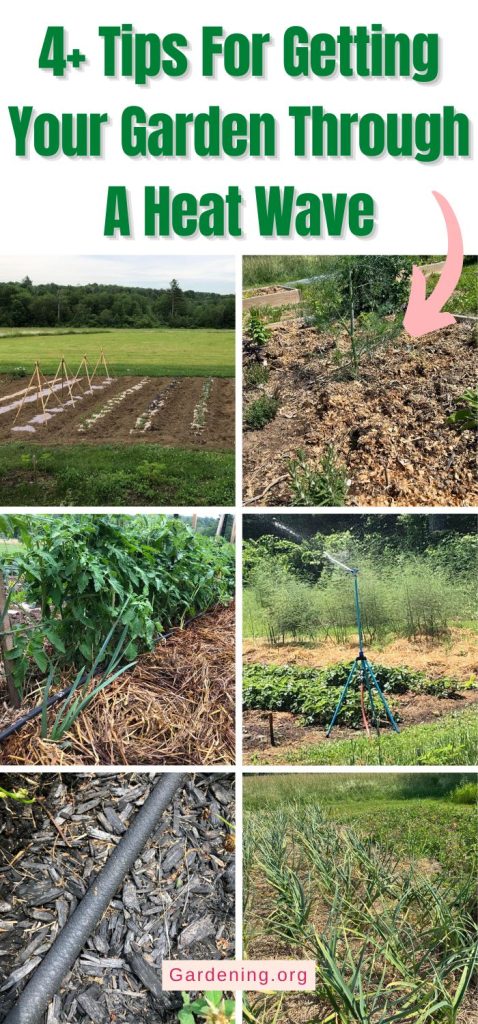
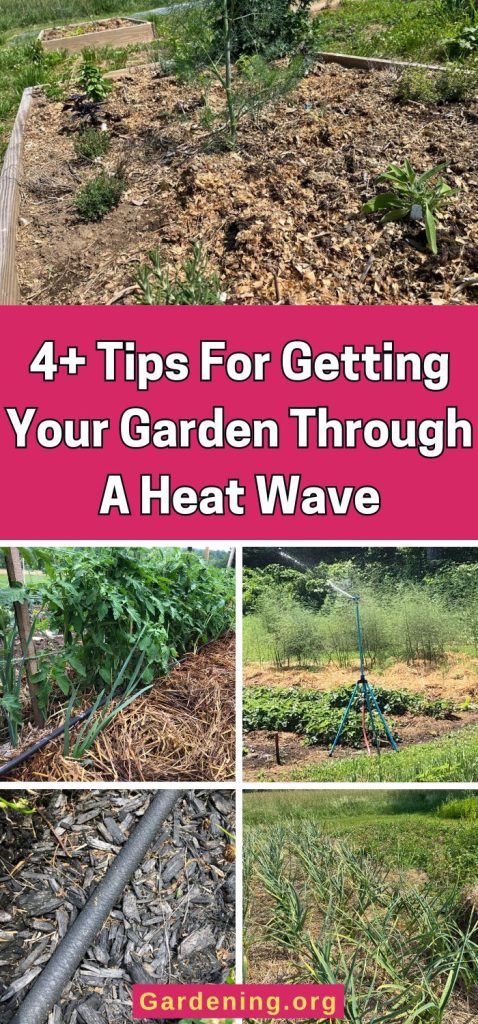




Leave a Reply